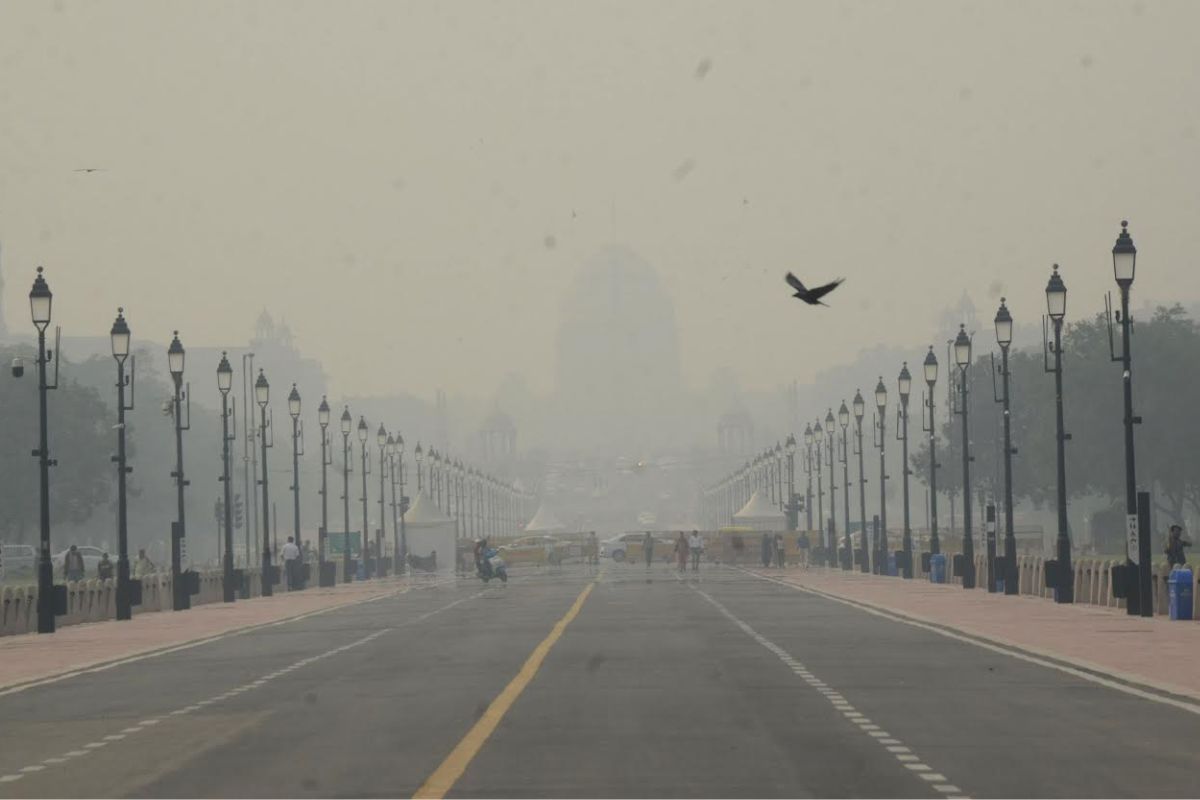Relief for Delhi’s residents, AQI improves from ‘poor’ to ‘moderate’
According to the Central Pollution Control Board's (CPCB) daily AQI bulletin, city's index value on Wednesday was 178, reeling under the moderate zone.

According to the Central Pollution Control Board's (CPCB) daily AQI bulletin, city's index value on Wednesday was 178, reeling under the moderate zone.

With the onset of winter, Asansol's Air Quality Index (AQI) has deteriorated significantly, with air pollution levels reaching alarming levels in recent days.

Delhi’s average air quality index on Sunday continued to be in ‘very poor’ zone with a reading of 331, according to the Central Pollution Control Board (CPCB).

The Graded Response Action Plan or GRAP is categorized into four stages – Stage I, Stage II, Stage III and IV.

The air quality in Gurugram also remained in the 'poor' category as the city recorded an AQI of 228. While the AQI in Noida was recorded at 201, which was in the poor zone. In IIT Delhi, the AQI was 197 marginally little away from the poor category.
There was no mechanism in place to enforce the Environment Protection Act. In a vast country like India and in a federal set up, a law cannot be imposed unilaterally. In the final analysis, it is the States who are the main stakeholders and are primarily responsible for the protection of forests and environment. It was as complicated an affair as the introduction of a single tax like the GST
Centre government is highlighting the issue of stubble burning to divert people's attention from the unfortunate incident that took place in Gujarat (Morbi rope bridge tragedy), they said.
An AQI between zero and 50 is considered `good`, 51 and 100 `satisfactory`, 101 and 200 `moderate`, 201 and 300 `poor`, 301 and 400 `very poor`, and 401 and 500 `severe`.
The ministry also estimated the stubble burning fire share in city's air at 15 per cent as the stubble burning incidents reduced marginally from previous day and its count estimated to be around 495.
The Air Quality Index (AQI) at ITO area and Anand Vihar recorded as 461 and 478 respectively, according to the Delhi Pollution Control Committee (DPCC) data.
